The Summary of Electricity Energy Technology Options
Introduction
With the development of electricity energy and the increasing building of renewable generations, to reduce the cost of power grid and improve the reliability of the smart grid, electricity energy storage becomes more and more important. Electricity energy storage has the advantage that transmission and distribution (T&D) system cannot have, because we can use the electricity energy anywhere and any time by using the stored energy. And electricity energy storage can also make the renewable generations more reliable and improve the capacity and deployment of the smart grid. Therefore, electricity energy storage system is a significant element in the whole power system.
According to these benefits, the author wrote this paper to introduce the electricity energy storage system, to research about the specific applications of the energy storage, to inform the market size and potential, the details about the energy solutions and system costs.
Previously, people studied the distributed energy resources (DER) by using the old options, which lacks applied prospective load shape and profile operation and are limited energy. These methods are hard to satisfy the interest of the whole power system and other holders of benefits.
Electricity energy storage applications is very different from these options and keep the strengths and avoid the lacks. The author of this paper did the research about the electricity energy storage system, using brief words to let people understand with ease.
This report is very useful because this is based on a real world industry of EPRI. It utilizes the several applications and calculates the needs, cost and benefits by assuming the other conditions. But the situations and variables will change and are always different from the assumptions at the paper research. Therefore, we should read this paper carefully and take the result as a reference.
The Current Situation
There are so many options to store the electricity energy, which uses its own method and each has its benefit. Figure 1 shows the worldwide installed storage capacity for electrical energy.
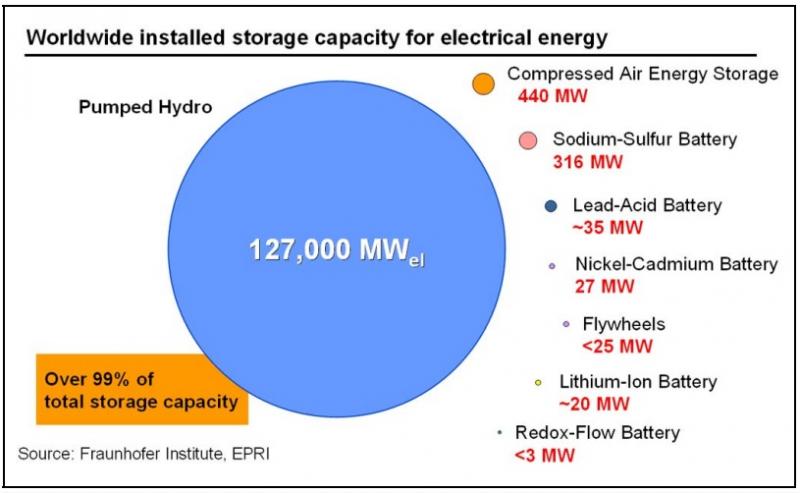
Figure 1. Worldwide Installed Storage Capacity for Electrical Energy
You can find that the pumped hydro is still the most important option to store the energy, which is much more than the total installation of the rest several options.
The government and some big cooperation built many energy storage projects around the country. Figure 2 is the map of some key energy storage projects of American Recovery and Reinvestment Act (ARRA).
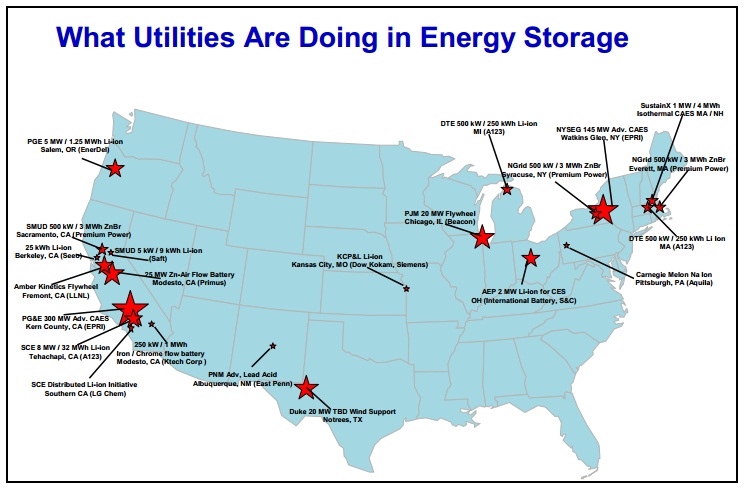
Figure 2. Map of ARRA-Funded Energy Storage Projects
Applications for Electric Energy Storage
To let us understand the energy storage system better, the author of this paper gives us ten specific applications of energy storage system. Figure 3 is the list of these ten applications and the description of each application.
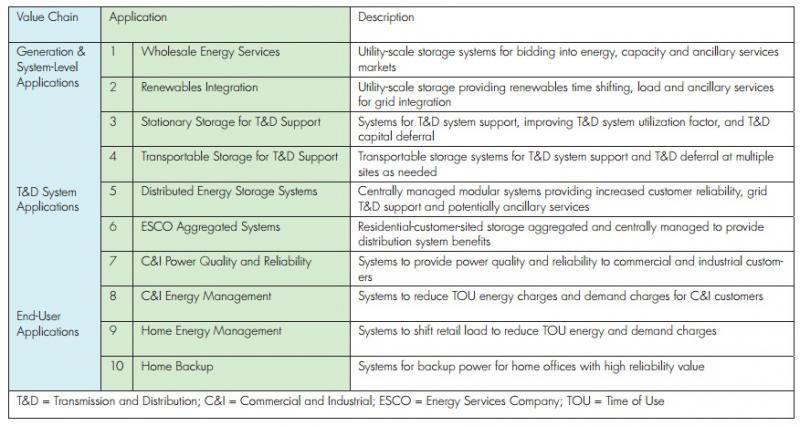
Figure 3. Definition of Energy Storage Applications
There are so many applications of energy storage, the author cannot list all the applications. These ten applications are representative and we can learn and know a lot from it. Each application has its own benefits and values of energy storage. And even one application can satisfy more than one demand and has several ways to in the energy storage system. Figure 4 shows operational benefit monetizing the value of energy storage. To compare these energy storage options, Figure 5 gives the relations between discharge time at rated power and system power ratings, module size.
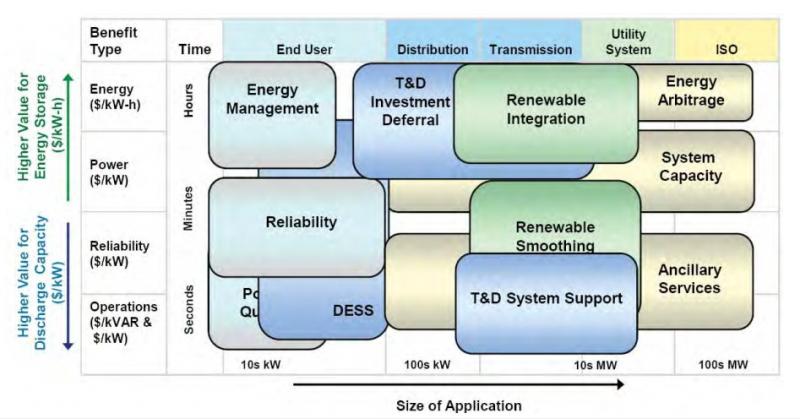
Figure 4. Operational Benefit Monetizing the Value of Energy Storage
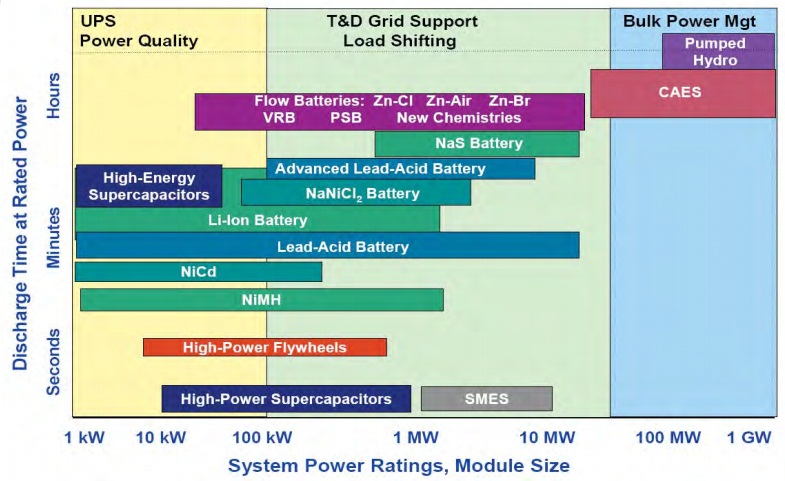
Figure 5. Positioning of Energy Storage Technologies
Figure 6 illustrates the abstract of these ten energy storage applications of description, size, duration, cycles and desired lifetime.
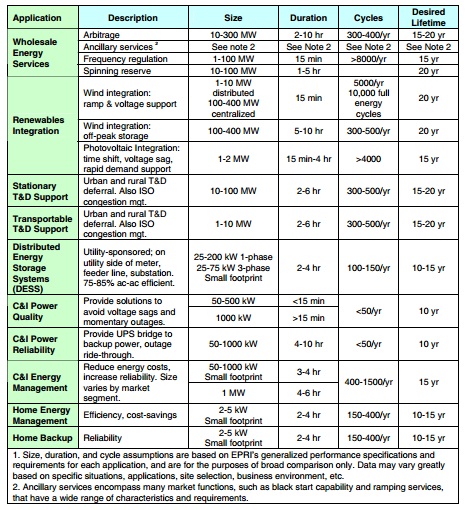
Figure 6. General Energy Storage Application Requirements
Figure 7 provides every application’s benefit to compare with the total costs.
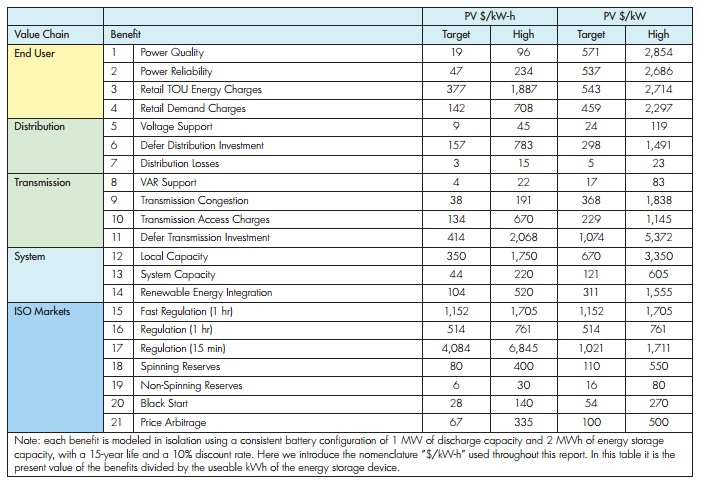
Figure 7. Representative Benefit PVs of Selected Energy Storage Benefits
The Market Size for Energy Storage
This paper of EPRI also estimates the market size of these ten energy storage applications. This estimation is about the current station without the market size in the future. It consists of targeted market size and high value market size by application.
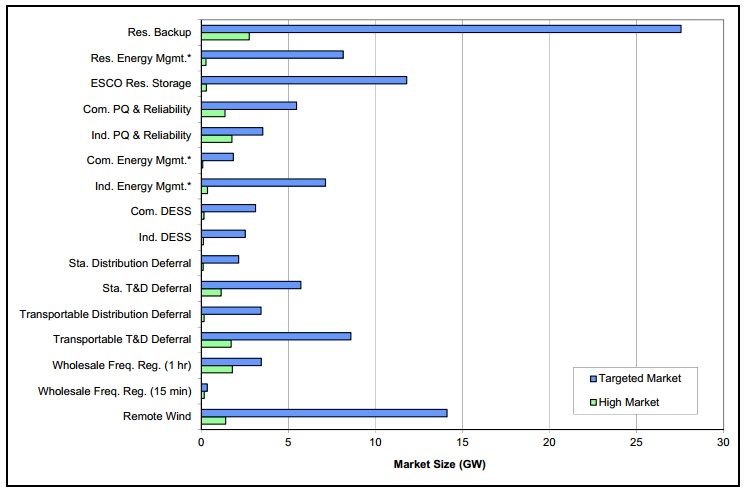
Figure 8. Targeted vs. High Value market Size by Application
Figure 9 gives the relations between market size and the application value $/kW-h.
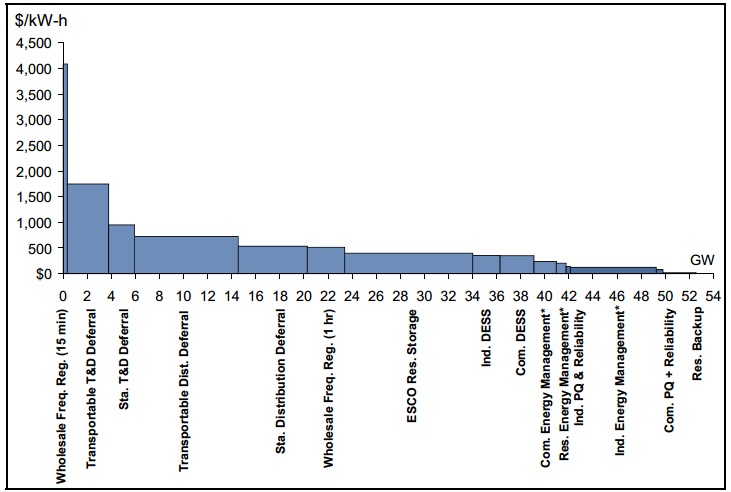
Figure 9. Estimated Target Market Size and Target Value Analysis
Market Rules on Energy Storage and Future Market
Because of the ISO market rules’ influence on energy storage, the energy market will have the following changes. The energy prices will increase faster with the development of wind energy. The whole energy situation will change because more and more kinds of renewable energy will be integrated to improve the efficiency of the whole power system. Photovoltaic industry will develop more maturely and penetrate into other areas. The side of energy demand like load management will have bigger competition than before. And the future market and applications will be diversified and welcome mature commercial and energy storage system.
Energy Storage System Cost
The author of this paper provides eleven energy storage solutions and options. They are pumped hydro, compresses air storage (CAE), lead-acid batteries, sodium-sulfur (Na2S), sodium nickel chloride, vanadium redox, zinc-bromine (Zn/Br), Fe/Cr and Zn/Air, flywheels and lithium-ion (Li-ion). Figure 10 shows these applications’ energy storage characteristics.
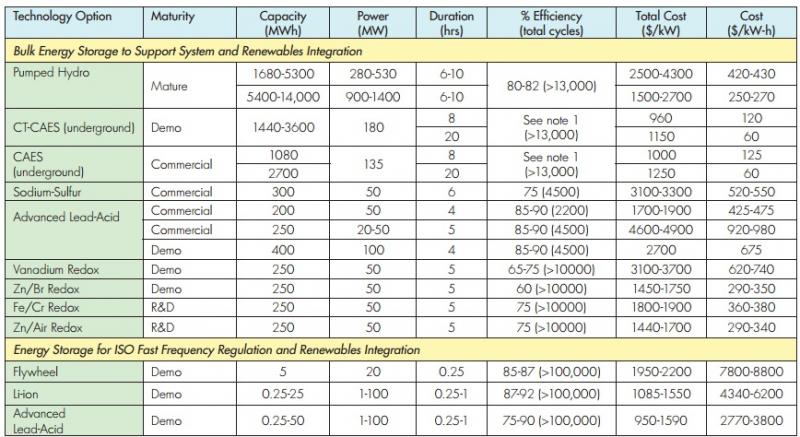
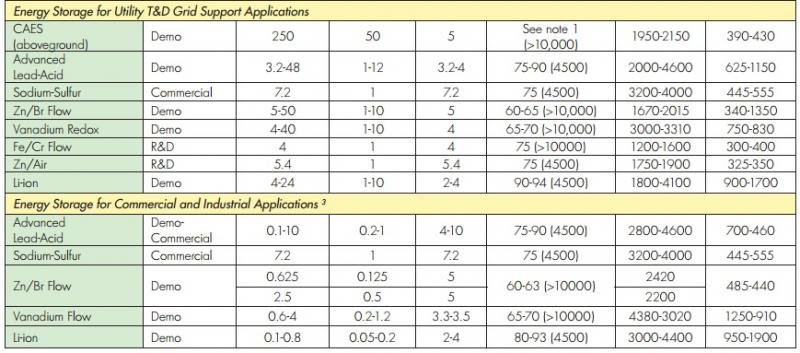
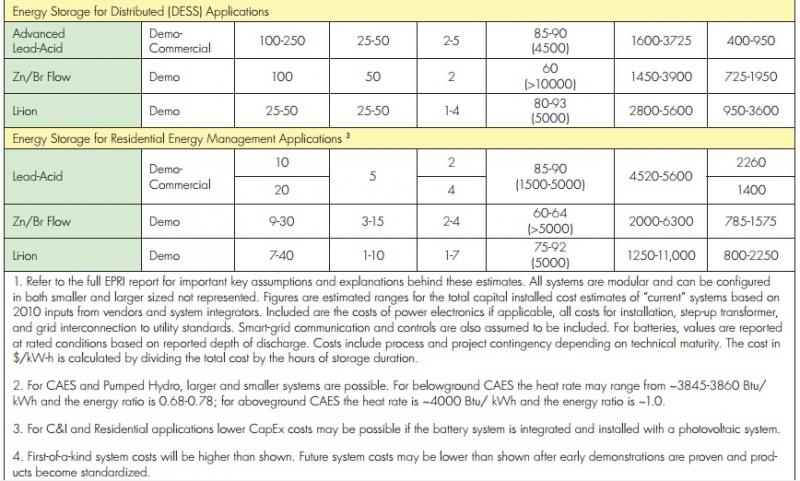
Figure 10. Energy Storage Characteristics by Application
Gap Analysis
The cost and characteristics of above are related to the gap analysis, which is the distinction between cost and value. Figure 11 gives the comparison of present value for each application.
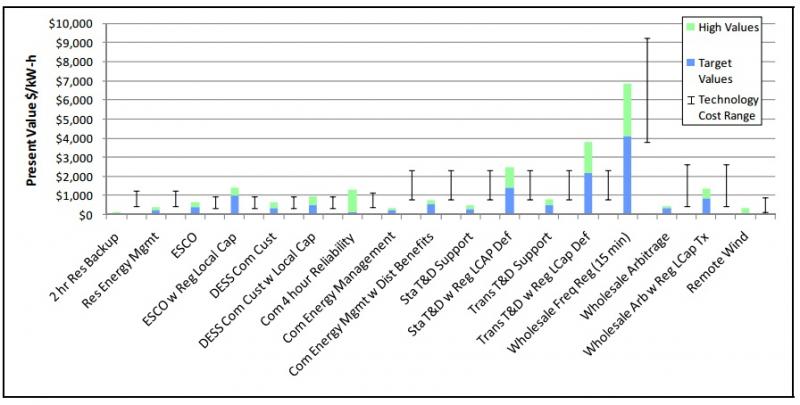
Figure 11. Application Value and System Cost Gap by Application
Levelized Costs of Delivered Energy and Capacity
To compare so many kinds of applications, we can use the levelized cost of delivered energy and capacity. Figure 12 and figure 13 respectively provides the levelized cost of delivered energy in $/kWh and the levelized total and residual capacity cost in $/kW-yr.
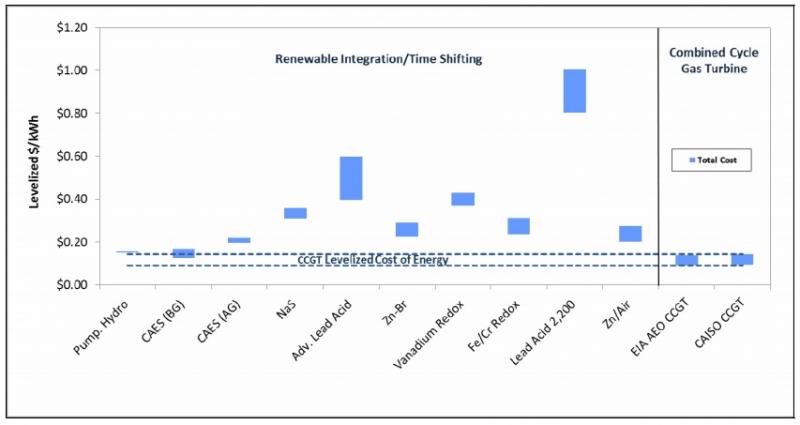
Figure 12. Levelized Cost of Delivered Energy for Energy Storage Technologies Compared to CCGT
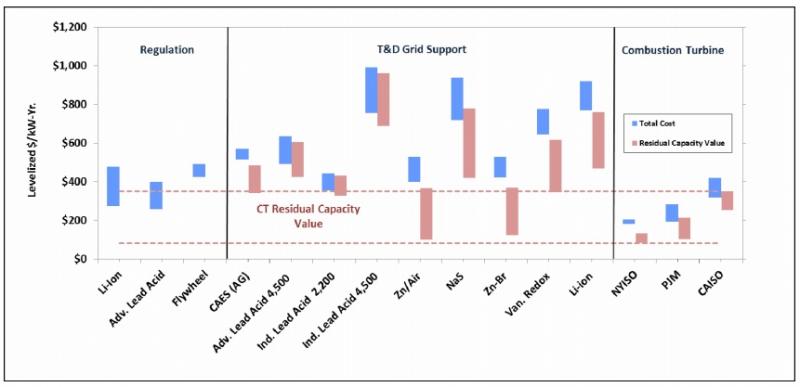
Figure 13. Levelized Total and Residual Capacity Cost for Storage Technologies Compared to Combustion Turbine
Conclusions
The author indicates several specific applications of electric energy storage system, helping us to have a brief concept of energy storage and some important values in this area. This paper gives some estimations and researches about the traditional projects and some renewable energy like wind and solar energy problems. We can also learn from this paper that the application gest the more benefits when it unites several crossed areas’ resources.
This paper provides the final comparison of the application value of Total Resource Cost (TRC):
Wholesale Services with Regulation (15 minutes);
Commercial and Industrial Power Quality and Reliability;
Stationary and Transportable Systems for Grid Support and T&D deferral.
The high value to the end-use customers applications:
Commercial, Industrial, or Home Energy Management;
Commercial and Industrial Reliability and Power Quality.
To reduce the gap between cost and value, these several solution energy, which are compressed air energy storage system (CAES), Zn/Br and lead-acid batteries.
There is no specific policy that regulates the generation and grid electricity use for energy storage. Because of the multiple uses cross several areas for energy storage applications, it is not easy that one energy storage options can meet all the demand. This paper provides the comparison of the technology and gives the optimal option to use in the system. For bulk energy storage, compressed air energy storage (CAES) is the best choice to use in long discharge. For short discharge, lithium-ion technology has the best efficiency.
Because of the lack of plan of development for so many mature and new energy storage technologies, the author of this research gives roadmap recommendation, which illustrates the grid-ready energy storage.
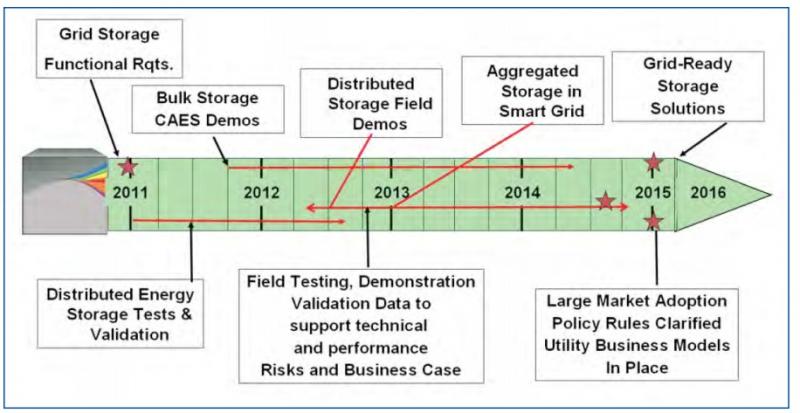
Figure 14. Grid-Ready Energy Roadmap
References
1. Electricity Energy Storage Technology Options, EPRI, Palo Alto, CA: December 2010. 1020676